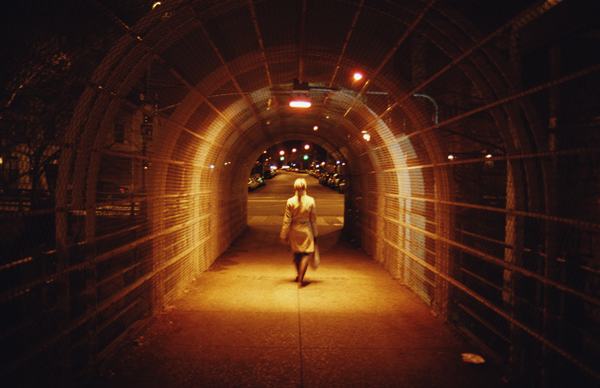Chapter 18. Theories of Emotion
Learning Objectives

Describe the major theories of emotion.
Contrast the major theories of emotion.
Review
Review
Select the NEXT button to continue with the Review.

1. Every strong emotion has three components: (1) bodily arousal, (2) expressive behaviors, and (3) conscious experience.
Review
Review
Select the NEXT button to continue with the Review.

2. The James–Lange theory proposes that we feel emotion (such as fear) after we notice our physiological responses to a stimulus event (seeing a snake).
Review
Review
Select the NEXT button to continue with the Review.

3. The Cannon–Bard theory claims that we feel emotion at the same time that our bodies respond.
Review
Review
Select the NEXT button to continue with the Review.

4. The Schachter–Singer two-factor theory proposes that our interpretation of an emotional event leads us to put a cognitive label on that event (such as, "I am afraid"). Then, our body's physical arousal and the cognitive label for the event combine to create our actual experience of emotion.
Review
Review
Select the NEXT button to continue with the Review.

5. Zajonc and LeDoux claim that some emotional responses occur before we have time to consciously interpret or appraise the event.
Review
Review
Select the NEXT button to continue with the Review.

6. Lazarus argues that emotion responses require some form of cognitive appraisal, even if the interpretation doesn’t reach our conscious awareness.
Practice: Comparing Theories of Emotion
Practice: Comparing Theories of Emotion
Roll over the theory names to see a description of each theory of emotion.
According to the James-Lange theory, our heart doesn’t pound because we are afraid; we are afraid because our heart pounds. In other words, our feelings follow our body’s response. We see the car, and our heart begins to pound. When we notice our heart pounding, we then experience fear.
According to the Cannon-Bard theory, the subjective, conscious experience of emotion and the physiological arousal are triggered at the same time; neither causes the other. Whatever stimulus triggers a specific emotion is routed simultaneously to the brain’s cortex, causing our subjective experience of emotion, and to the sympathetic nervous system, causing physiological arousal.
According to the Schachter-Singer two-factor theory, both physiological arousal and a cognitive label are necessary for the subjective experience of emotion. In other words, we may experience bodily arousal as different emotions, depending on how we label it.
According to the Zajonc and LeDoux direct emotion theory, some emotional responses occur before we have time to consciously interpret or appraise the event. The emotion comes directly from the stimulus event, before we become aware of our body’s physiological response.
According to the Lazarus cognitive appraisal theory, emotional responses require some form of cognitive appraisal, even if the interpretation doesn’t reach our conscious awareness.

Quiz 1
Quiz 1
Drag each theory label to the gray area in front of the appropriate description. When all the labels have been placed, select the CHECK ANSWER button.
Quiz 2
Quiz 2
Select the option that best completes the sentences. Then, select the CHECK ANSWER button.

Conclusion
